Here’s some more information on each of the indoor plants I mentioned in the previous blog – Quick guide on the best indoor plants you can have in your space. that are suitable for low-light conditions:
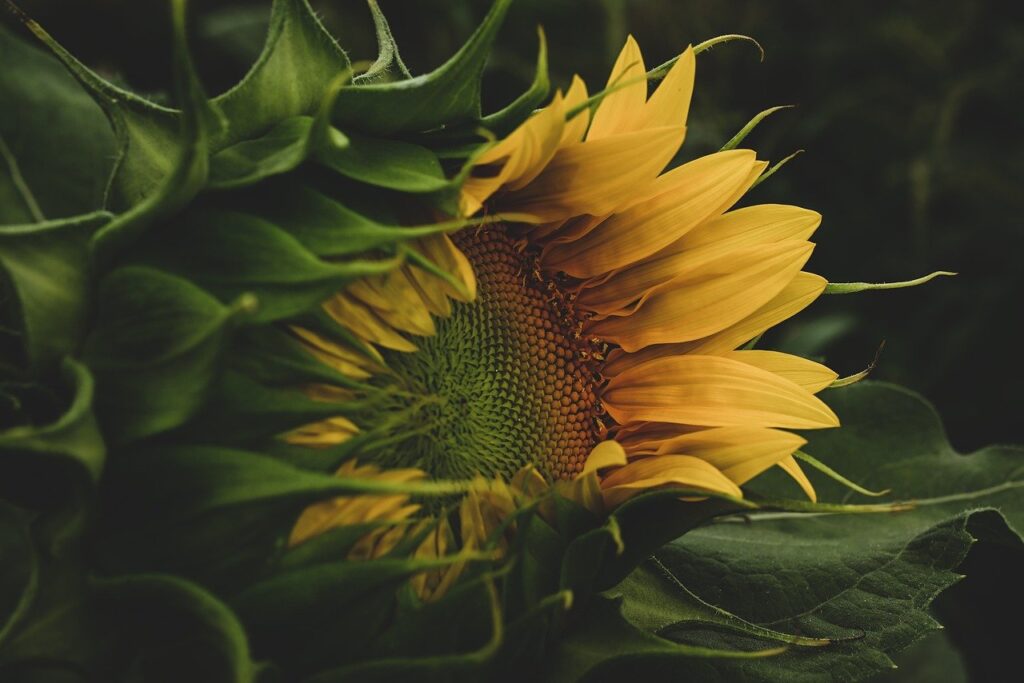
Snake Plant (Sansevieria): The Snake Plant is a hardy plant that can tolerate a range of lighting conditions, including low light. It’s known for its tall, upright leaves that come in various shades of green and yellow. Snake Plants are great for purifying the air and require minimal maintenance, making them perfect for indoor spaces.
Snake plants, also known by their scientific name Sansevieria, are a popular houseplant known for their striking appearance and low-maintenance care requirements. They are native to tropical regions of Africa and Asia and are often grown as indoor plants because of their ability to tolerate low light and dry conditions.
Snake plants have long, stiff leaves that grow upright and can reach heights of 2-4 feet. The leaves are usually dark green with lighter green cross-banding and are often variegated with yellow or white stripes. The plant produces small, fragrant flowers on tall spikes, but they are not usually grown for their flowers. Instead, the attractive foliage is the main attraction.
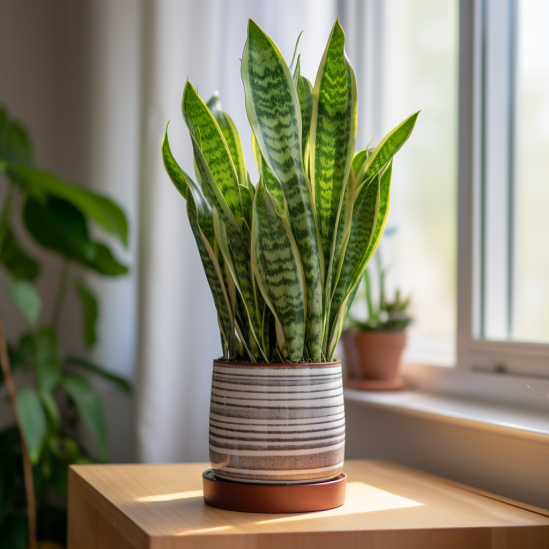
One of the reasons why snake plants are so popular is that they are very easy to care for. They can tolerate a wide range of light conditions, from low to bright indirect light, and they prefer well-draining soil and infrequent watering. In fact, overwatering is one of the most common causes of problems with snake plants, so it’s important to let the soil dry out between waterings.
Snake plants are also known for their air-purifying qualities, as they can help remove toxins such as benzene, formaldehyde, and trichloroethylene from the air. They are also relatively low-maintenance, making them a popular choice for busy people or those who are new to plant care.
It’s worth noting that snake plants are toxic to pets and humans if ingested, so they should be kept out of reach of children and pets. If you have pets that like to chew on plants, it’s best to choose a different type of houseplant.
ZZ Plant (Zamioculcas zamiifolia): The ZZ Plant is a low-maintenance plant that can thrive in low-light conditions. It has glossy, dark green leaves that can store water, allowing it to withstand periods of drought. The ZZ Plant is a slow-growing plant and can take several years to reach its full size, but it’s a great choice for those who want a low-maintenance plant that can tolerate low light.
ZZ plant, also known as Zamioculcas zamiifolia, is a popular houseplant known for its unique appearance and low-maintenance care requirements. ZZ plant is native to Eastern Africa and is often grown as an indoor plant because it is tolerant of low light and dry conditions. It has shiny, dark green leaves that grow on thick, upright stems. The leaves are typically smooth and oval-shaped, and they can grow up to several inches long. The plant produces small, white flowers, but they are not usually grown for their flowers. Instead, the attractive foliage is the main attraction.
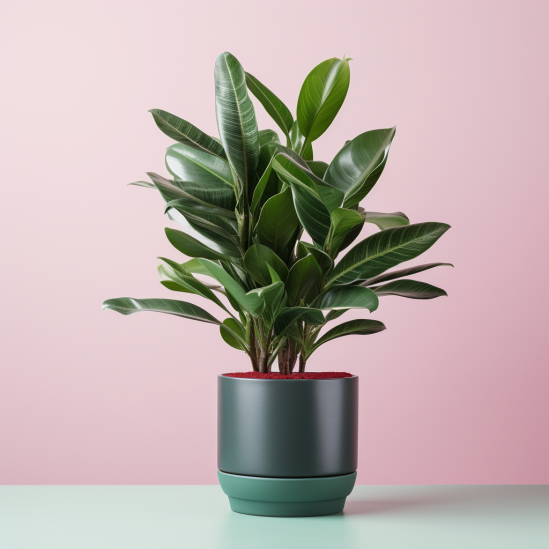
One of the reasons why ZZ plants are so popular is that they are very easy to care for. They can tolerate a wide range of light conditions, from low to bright indirect light, and they prefer well-draining soil and infrequent watering. In fact, overwatering is one of the most common causes of problems with ZZ plants, so it’s important to let the soil dry out between waterings.
ZZ plants are also known for their air-purifying qualities, as they can help remove toxins such as benzene, formaldehyde, and xylene from the air. They are also relatively low-maintenance, making them a popular choice for busy people or those who are new to plant care. It’s worth noting that ZZ plants are toxic to pets and humans if ingested, so they should be kept out of reach of children and pets. If you have pets that like to chew on plants, it’s best to choose a different type of houseplant.
Money Plant (Epipremnum aureum): The Money Plant is a popular houseplant that can tolerate low to bright light conditions. It’s known for its heart-shaped leaves and trailing vines that can climb walls or trail from a hanging basket. Money Plants are easy to care for and can tolerate infrequent watering, making them perfect for beginners.
Money plant, also known as Pothos or Devil’s Ivy, is a popular indoor plant known for its attractive, heart-shaped leaves and ease of care. It is native to the Solomon Islands and is often grown as a houseplant because it can tolerate a wide range of light conditions and is relatively low-maintenance.
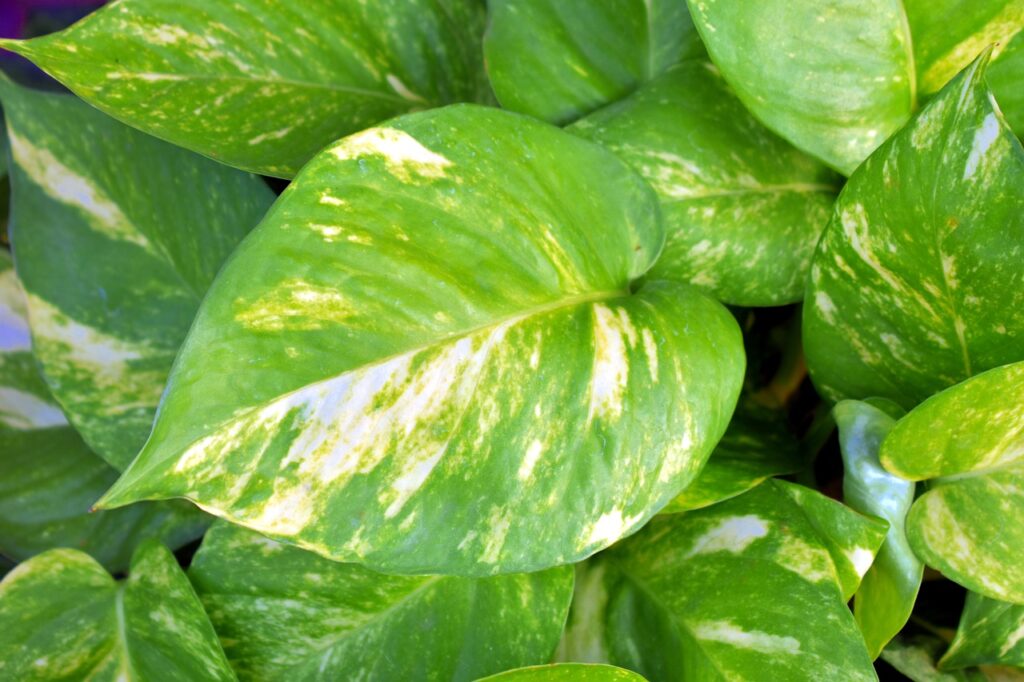
Money plant has long, trailing stems that can grow up to several feet long. The leaves are typically green and heart-shaped, although there are many different cultivars with different leaf shapes and colors. The plant produces small, inconspicuous flowers, but they are not usually grown for their flowers. Instead, the attractive foliage is the main attraction.
One of the reasons why Money plant is so popular is that it is very easy to care for. It can tolerate a wide range of light conditions, from low to bright indirect light, and it prefers well-draining soil and infrequent watering. In fact, overwatering is one of the most common causes of problems with Money plant, so it’s important to let the soil dry out between waterings.
Money plant is also known for its air-purifying qualities, as it can help remove toxins such as formaldehyde, benzene, and xylene from the air. It is also relatively low-maintenance, making it a popular choice for people who want a plant that can thrive in less-than-ideal conditions.
One thing to note about Money plant is that it is toxic to pets and humans if ingested, so it should be kept out of reach of children and pets. If you have pets that like to chew on plants, it’s best to choose a different type of houseplant. Money plant is a great choice for people who want an attractive, low-maintenance houseplant that can help purify the air in their home.
Cast Iron Plant (Aspidistra elatior): The Cast Iron Plant is a hardy plant that can tolerate low light and even deep shade. It has dark green, glossy leaves that are long and lance-shaped. The Cast Iron Plant is a slow-growing plant that can take several years to reach its full size, but it’s a great choice for those looking for a low-maintenance plant that can thrive in low-light conditions.
Aspidistra, also known as the Cast Iron Plant, is a popular houseplant known for its hardiness and ability to tolerate low light and neglect. The plant is native to Japan and Taiwan and is often grown as an indoor plant because it can survive in conditions that many other plants cannot.
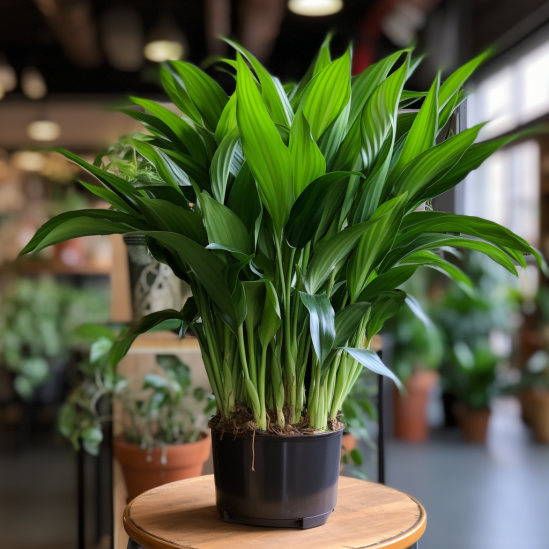
Aspidistra has long, glossy, dark green leaves that grow upright from a central rhizome. The leaves are typically 1-2 feet long and can be up to 4 inches wide. The plant produces small, inconspicuous flowers near the base of the leaves, but they are not usually grown for their flowers. Instead, the attractive foliage is the main attraction.
One of the reasons why Aspidistra is so popular is that it is very easy to care for. It can tolerate a wide range of light conditions, from low to bright indirect light, and it prefers well-draining soil and infrequent watering. In fact, overwatering is one of the most common causes of problems with Aspidistra, so it’s important to let the soil dry out between waterings.
Aspidistra is also known for its ability to tolerate neglect and adverse conditions. It can survive in low light, low humidity, and even temperatures down to freezing. This makes it a popular choice for people who want a plant that can thrive in less-than-ideal conditions. It’s worth noting that Aspidistra is toxic to pets and humans if ingested. So it should be kept out of reach of children and pets. If you have pets that like to chew on plants, it’s best to choose a different type of houseplant.
Peace Lily (Spathiphyllum): The Peace Lily is a popular houseplant that can tolerate low to bright light conditions. It’s known for its showy white flowers and glossy dark green leaves. Peace Lilies are great for purifying the air and prefer to be kept consistently moist. Peace lilies, also known by their scientific name Spathiphyllum. And are a popular houseplant known for their attractive foliage and unique white flowers. They are native to tropical regions of the Americas. And they are relatively easy to care for, making them a popular choice among plant enthusiasts.
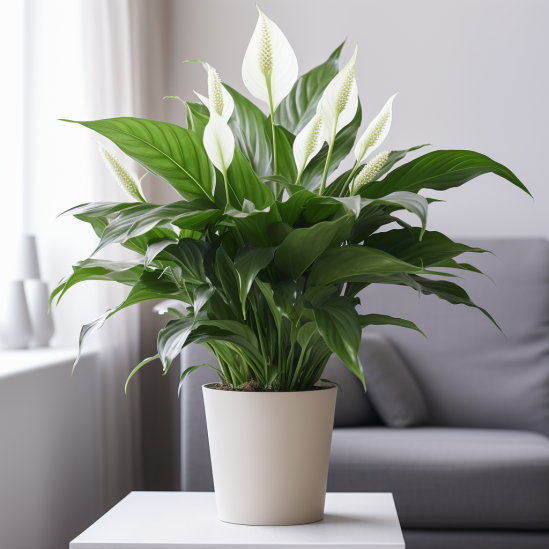
Peace lilies are known for their large, glossy, dark green leaves that can grow up to a foot long. They typically grow to a height of 1-4 feet and can spread up to 2-3 feet wide. The plant produces white flowers that resemble calla lilies, which is why it is sometimes called the “spathe flower.”
One of the reasons why peace lilies are such a popular houseplant is that they are relatively low-maintenance. They prefer bright, indirect light and moist soil, but they can tolerate lower light levels and periods of drought. They are also known for their air-purifying qualities, as they can help remove common household toxins such as benzene, formaldehyde, and carbon monoxide.
However, it’s worth noting that peace lilies are toxic to pets and humans if ingested, so they should be kept out of reach of children and pets. If you have pets that like to chew on plants, it’s best to choose a different type of houseplant. Overall, these plants are great for adding some greenery to your indoor space, even in low-light conditions. However, it’s important to research the specific care needs of each plant to ensure that they thrive in your home.
Chinese Evergreen (Aglaonema): The Chinese Evergreen is a low-maintenance plant that can tolerate low to medium light conditions. It has variegated leaves that come in shades of green, silver, and pink. Chinese Evergreens are easy to care for and can tolerate infrequent watering, making them perfect for beginners.
Chinese Evergreen, also known by its scientific name Aglaonema. It is a the best indoor plant known for its attractive foliage and ease of care. Native to tropical and subtropical regions of Asia and is often grown as a houseplant. It is because it can tolerate a wide range of light conditions and is relatively low-maintenance.
Chinese Evergreen has large, glossy leaves that can be variegated with shades of green, silver, pink, or red. The plant can grow up to 3 feet tall and several feet wide, depending on the variety. The plant produces small, inconspicuous flowers on a spadix, but they are not usually grown for their flowers. Instead, the attractive foliage is the main attraction.
One of the reasons why Chinese Evergreen is so popular is that it is very easy to care for. It can tolerate a wide range of light conditions, from low to bright indirect light. And it prefers well-draining soil and infrequent watering. In fact, overwatering is one of the most common causes of problems with Chinese Evergreen. So, it’s important to let the soil dry out between waterings.
Chinese Evergreen is also known for its air-purifying qualities, as it can help remove toxins such as formaldehyde, benzene, and carbon monoxide from the air. It is also relatively low-maintenance, making it a popular choice for people who want a plant that can thrive in less-than-ideal conditions.
One thing to note about Chinese Evergreen is that it is toxic to pets and humans if ingested, so it should be kept out of reach of children and pets. If you have pets that like to chew on plants, it’s best to choose a different type of houseplant. To sum up, Chinese Evergreen is a great choice for people who want an attractive, low-maintenance houseplant that can help purify the air in their home.
Know more about creating plant balcony!
I would leave you with these thoughts.
Keep Smiling & Be Graced!!
Catch up here:
Facebook | Instagram | YouTube | Goodreads | Artwork | Books | Journals – Diaries – Notebooks | Author Central Page | LinkedIn
For collaboration and to come as a guest at my podcast please hit an email – spiritedblogger707@gmail.com
